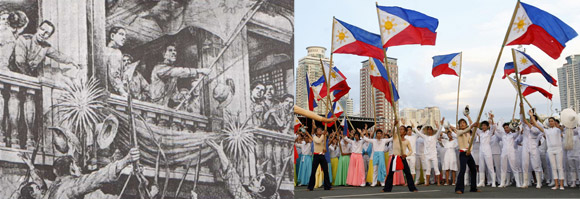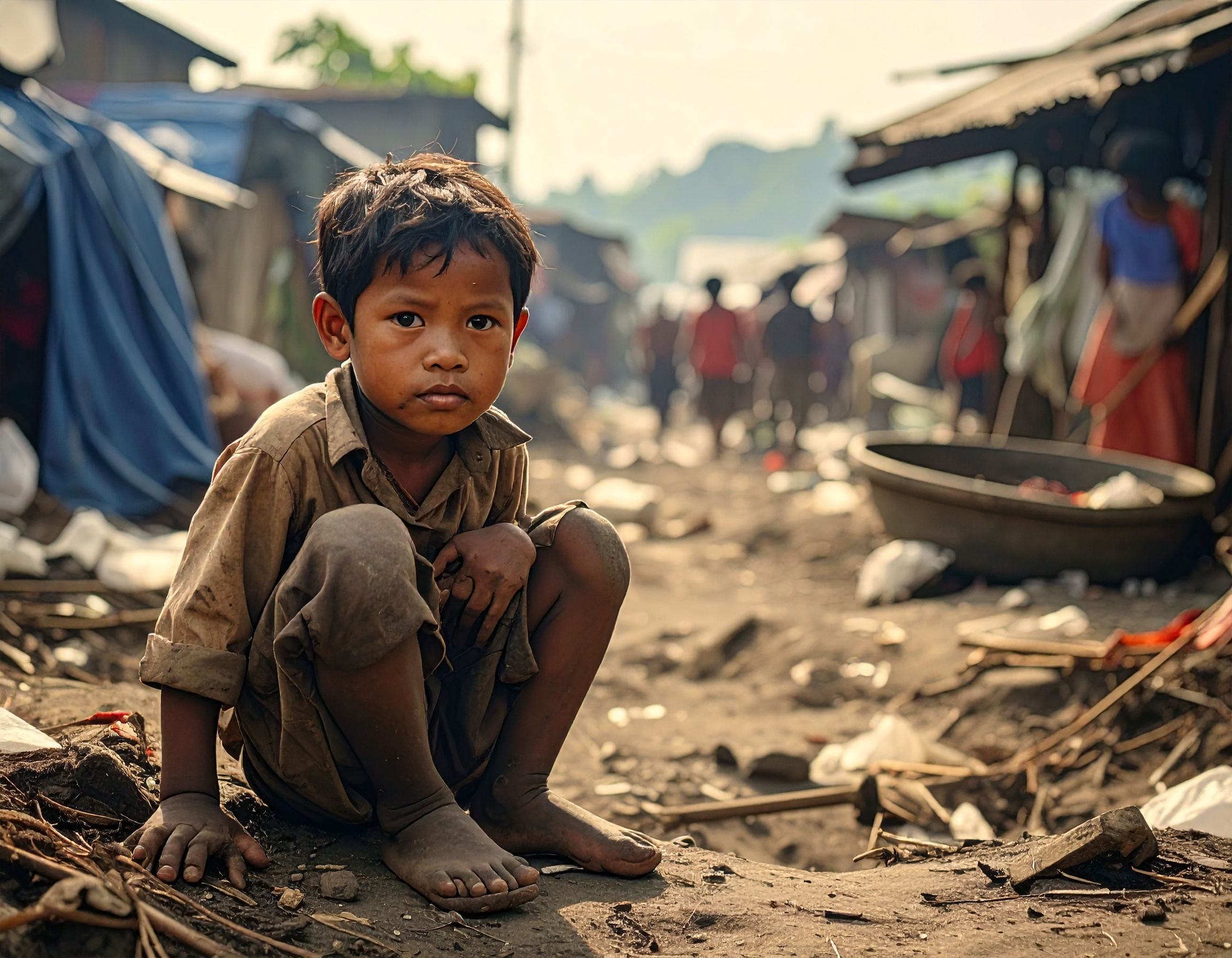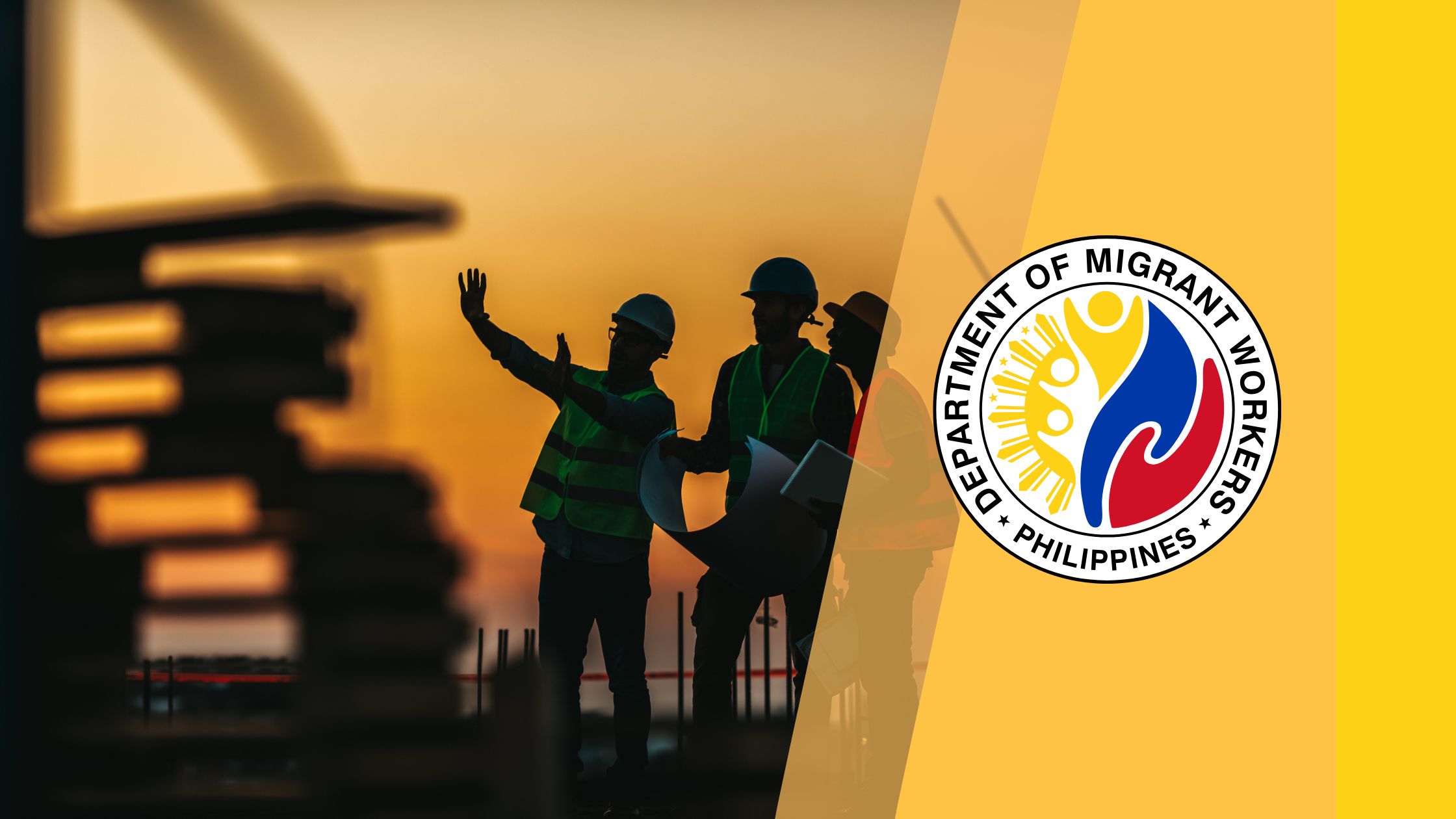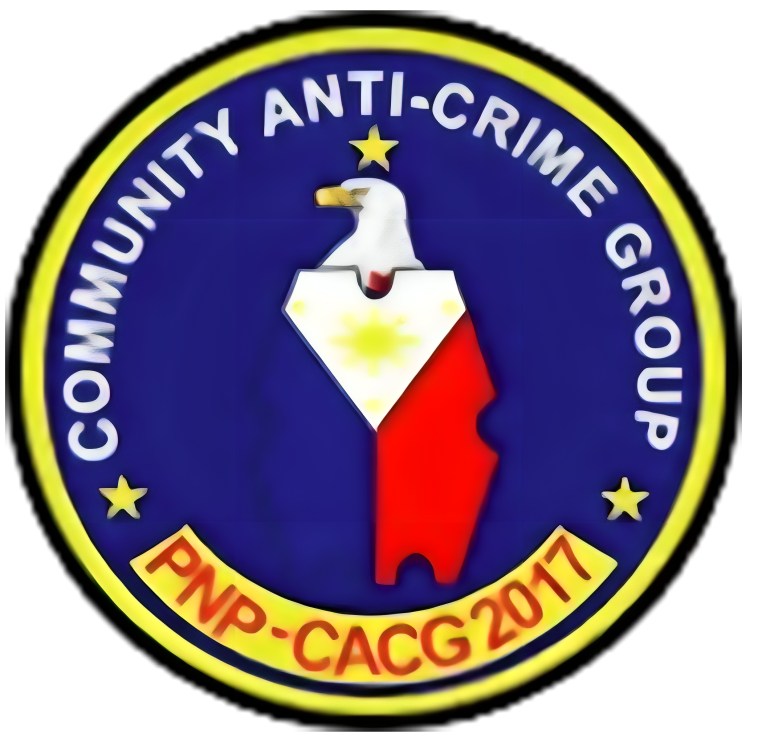Philippine Independence Day, celebrated every June 12, marks a defining moment in the country’s history — the proclamation of independence from more than 300 years of Spanish colonial rule. It is a national holiday filled with pride, remembrance, and a collective sense of Filipino identity and patriotism.
Historical Background
The roots of Philippine Independence Day trace back to the struggles of the Filipino people against Spanish colonization, which began in 1565. After centuries of oppression and cultural transformation under colonial rule, a nationalistic movement emerged in the late 19th century, led by prominent figures such as José Rizal, Andrés Bonifacio, and Emilio Aguinaldo.
The turning point came on June 12, 1898, when General Emilio Aguinaldo, leader of the Philippine revolutionary forces, declared the nation’s independence in Kawit, Cavite. The declaration was accompanied by the unfurling of the Philippine flag for the first time and the playing of the national anthem, “Lupang Hinirang.”
This declaration, however, was not recognized by either Spain or the United States. After the Spanish-American War, the Treaty of Paris in December 1898 transferred control of the Philippines from Spain to the U.S., igniting the Philippine-American War. True sovereignty would only come much later, on July 4, 1946, when the U.S. formally recognized Philippine independence. Yet, June 12 remained symbolically significant and was officially reinstated as Independence Day by President Diosdado Macapagal in 1962.
Significance of June 12
Celebrating June 12 underscores the Filipino people’s assertion of their right to self-rule. It emphasizes the courage and sacrifices of revolutionaries who fought for the nation’s freedom. The date is not just a reminder of independence from foreign powers but a celebration of the Filipino spirit — resilient, hopeful, and united.
National Traditions and Modern Celebrations
Independence Day is marked by various national and local activities:
- Flag-raising ceremonies in schools, government offices, and communities
- Wreath-laying rituals at monuments of national heroes
- Military parades and civic programs, often held at Rizal Park or Aguinaldo Shrine
- Cultural presentations, exhibitions, and concerts showcasing Filipino history and arts
- Public speeches by government officials focusing on patriotism, sovereignty, and national progress
Modern celebrations also include virtual tributes, social media campaigns, and educational webinars to engage the younger generation.
Independence and Contemporary Relevance
Today, Philippine Independence Day serves as more than a commemoration of the past. It is a call to action for every Filipino to contribute to nation-building, to uphold democracy, and to protect the rights and liberties gained through sacrifice. It is also a time to reflect on contemporary challenges — from social justice and poverty to political reform and national security.
In an increasingly globalized world, the celebration of Philippine independence reinforces the importance of preserving national culture, values, and identity while actively participating in the international community.






 then choose "Install".
then choose "Install".